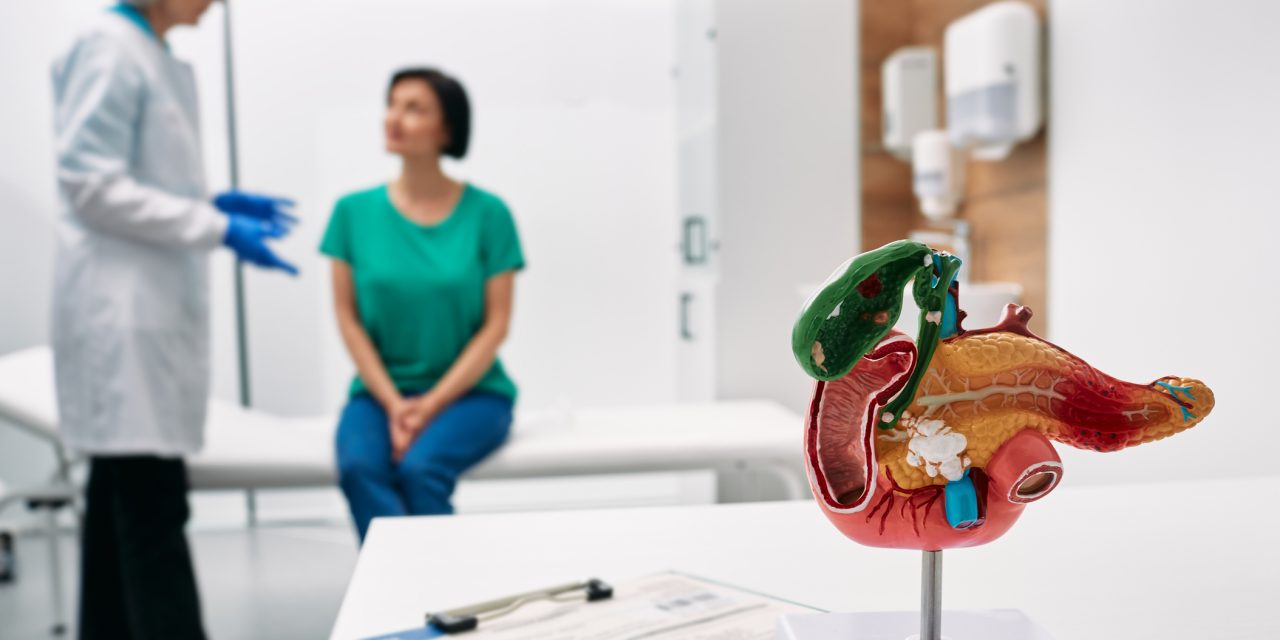Current risk assessment tools for osteoporosis have inconsistent performance across different cohorts, making them difficult for clinical practice. This study aimed to evaluate a simple screening index comprising years since menopause (YSM) and body mass index (BMI) that identifies postmenopausal Singaporean women with a greater likelihood of low bone mass.
The study used data from 188 treatment-naïve postmenopausal women. The associations between low bone mass and different demographic variables, including age, YSM and BMI, were assessed using multivariable logistic regression. Diagnostic performance of the calculated screening index was compared to the Osteoporosis Self-Assessment Tool for Asians (OSTA) and the Fracture Risk Assessment Tool (FRAX).
YSM and BMI were significantly associated with low bone mass. The area under the receiver operating characteristic curves was 0.803 for the screening index, 0.759 for the OSTA, 0.683 for the FRAX (major osteoporotic fracture probability [MOFP]) and 0.647 for the FRAX (hip fracture probability [HFP]). Non-parametric Spearman’s correlation between the screening index and the other models was 0.857 with the OSTA score, 0.694 with the FRAX (HFP) and 0.565 with the FRAX (MOFP) ( < 0.0005).
The diagnostic performance of the screening index comprising YSM and BMI was equivalent to the OSTA and the FRAX. A risk chart was developed for clinicians to identify and recommend subjects for a further dual-energy X-ray absorptiometry scan. Validation of this model in larger and more diverse cohorts is required.
A pilot screening study for low bone mass in Singaporean women using years since menopause and BMI.


